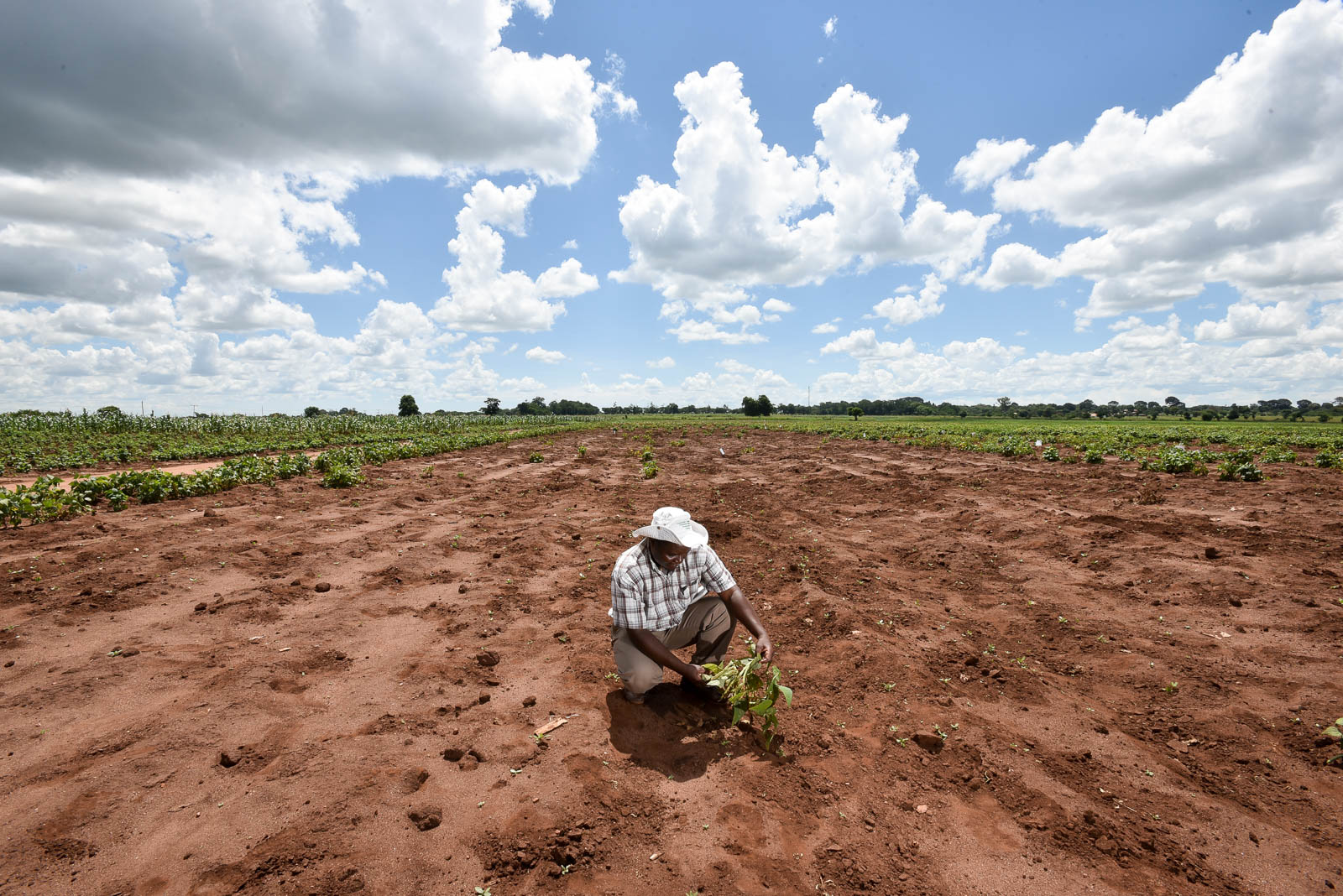Severe Land Degradation in Malawi

Malawi, a small country located in southern Africa, is heavily experiencing the negative effects of deforestation: severe land degradation. If the country cannot find a successful way to fix its watersheds, it could become water scarce.
Malawi has a population of over 18 million people. Poverty affects a large percentage of Malawi’s population. Agriculture is the main source of income for most households in Malawi, making up more than one-third of the country’s $7 billion GDP and 90% of its exports. Over 80% of the population in Malawi lives in more rural areas, while around 11 million of those people partake in smallholder farming.
While agriculture is the main contributor to Malawi’s GDP, the majority of the land in Malawi is not suitable for farming. Because of this viability issue, the country is experiencing mass deforestation. Smallholder communities, therefore, push into the marginal land to survive. Other than expanding agriculture, Malawi forests are suffering from high demand for charcoal. In March 2017, the Malawi army went to major forests in the country to stop people from cutting down the trees for charcoal production, which was contributing to the land degradation that was contaminating the Shire River, the country’s main water source.
Due to these actions and others, cities in Malawi are experiencing deforestation at alarming rates. For example, between 2001 and 2019, a mere two regions were responsible for over 50% of Malawi’s deforestation. Nhata Bay lost 64.3-kilo hectares of forest, equivalent to about 158,889 acres; Mzimba lost 25.8-kilo hectares of forest, equivalent to about 63,753 acres. Over the last 40 years, over half of Malawi’s forests have been cut down, and because of that, nearly 80% of the total land area in Malawi has experienced degradation.
How is Land Degradation Hurting Malawi?
Here are some ways that severe land degradation and watershed degradation affect the communities in Malawi:
- The lack of vegetation covering the soil results in erosion, surface runoff, flooding, contaminated water, droughts and reduced energy security.
- In the last decade, chemical land degradation has led to a 15% loss in arable land.
- In 2014, the average annual national soil loss rates were 29 tons per hectare.
- The Shire River Basin is a hotspot for land degradation. As fallen sediment mixes into the water at a higher rate, it is more expensive for the country to filter the water to keep it safe.
- Sediment in river beds and reservoirs impedes irrigation canals and hydropower generation.
- About 95% of Malawi’s power generation comes from hydropower produced through the Shire River and Lake Malawi. However, because of low water levels, the electricity generation has reduced by 40%.
Efforts to Help
The Malawi Watershed Services Improvement Project (MWASIP), which the Ministry of Agriculture Irrigation and Water Development (MoAIWD) implemented, aims to fix the watershed crisis and the severe land degradation issue through three different components:
- Scaling up landscape restoration ($53 million): Some of the things this component is focused on is scaling up restoration interventions in areas in the middle and upper Shire River Basin and helping the livelihoods of smallholder communities.
- Improving watershed services ($82 million): Some things this component focuses on are providing grants to watershed management institutions, enabling infrastructure investments and improving climate information services.
- Technical and Project Management Support ($25 million): This component is mainly focused on strengthening MoAIWD’s ability to implement the project.
The proposed project costs $160 million. On June 19, 2020, The World Bank Board of Executive Directors approved $157 million for the MWASIP. The World Bank press release noted a few specific things that the $157 million will go towards. It will use the available $45 million dedicated to increasing water infrastructure to create 10 small multipurpose dams; 20 rainwater harvesting structures; 10 small irrigation schemes to increase access to water for productive use; create over 2,500 construction jobs; provide $40 million in livelihood support through community grant programs.
– Sophie Dan
Photo: Flickr
